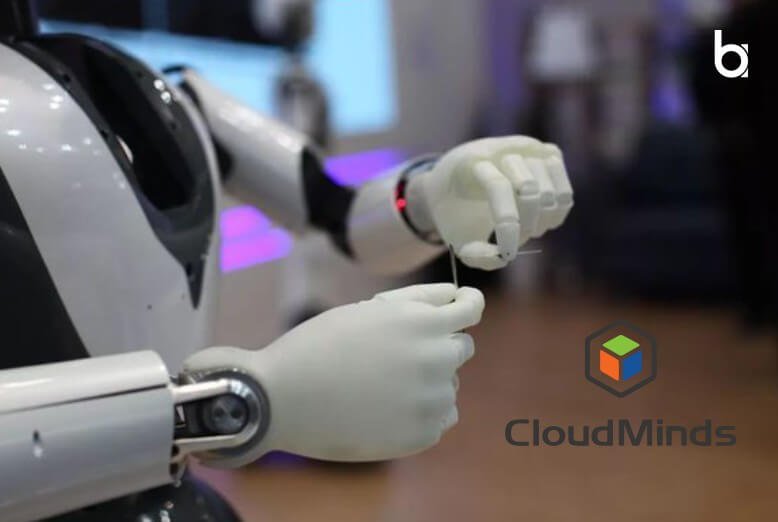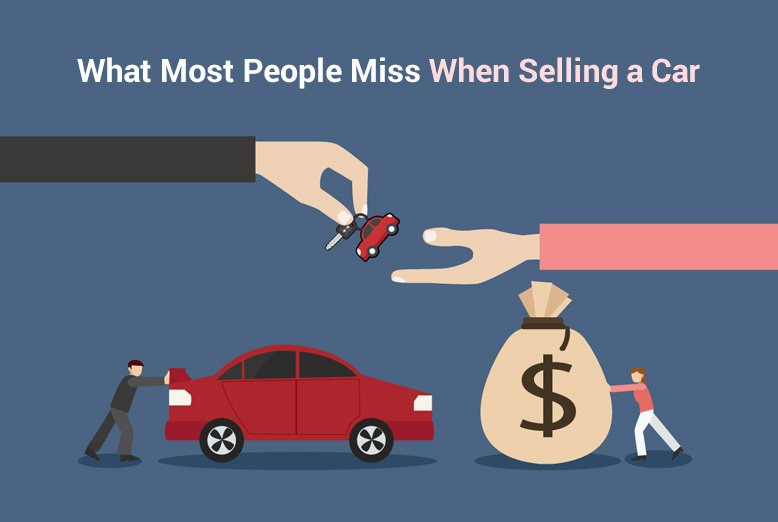Cloudminds XR-1 humanoid robot has its brains to the cloud
CloudMinds Technology, a developer of cloud artificial intelligence and robotic solutions has launched the XR-1 humanoid service robot at the Mobile World Congress event. The highly intelligent service oriented humanoid robot represents a new level of smart robotics technology development and marketing. By having its “brain” in the cloud, the robot can utilize powerful AI engines, collective learning capabilities, and scalability as well as offers low cost and low battery consumption for the robot’s body.
Using innovative technologies to construct a robot
The XR-1 is powered by ground-breaking technologies: intelligent robot joints—Smart Compliant Actuators (SCAs), and a clouded brain—Human Augmented Robotic Intelligence with Extreme Reality (HARIX), a cloud platform that organically integrates AI capabilities such as vision processing, natural language processing, robotic motion control, vision-guided grasping, and manipulation. By leveraging these new technologies, the XR-1 provides a significant leap towards the realization of truly intelligent assistants for humans. Furthermore, the XR-1 also includes a cloud-based natural language processing system, which can accurately understand human users’ intent and take actions. It can also carry on meaningful and life-like conversations, even injecting humor at times.
XR-1 humanoid robot gives Human-like motion
The XR-1 robot delivered drinks and coffee to guests with its flexible arms built with compliant joints at the Mobile World Congress show. Furthermore, the XR-1 used a multimodal sensing subsystem during interaction with guests to understand its surroundings and tasks. In addition to this, the robot’s 3D vision sensing system, combined with HARIX platform’s 3D object recognition and other advanced algorithms, provided closed-loop visual feedback which enables it to perform tasks accurately, smoothly, and safely in an environment in which machines and humans coexist. In another demo, the XR-1 was able to guide a thread through the small hole of a needle, repeatedly and effortlessly by controlling 14 SCAs collectively. Along with that, the robot danced to a number of songs ranging from soft melodies to heart-pumping rhythms, with human-like grace. The dance routines were learned from human dancers.













